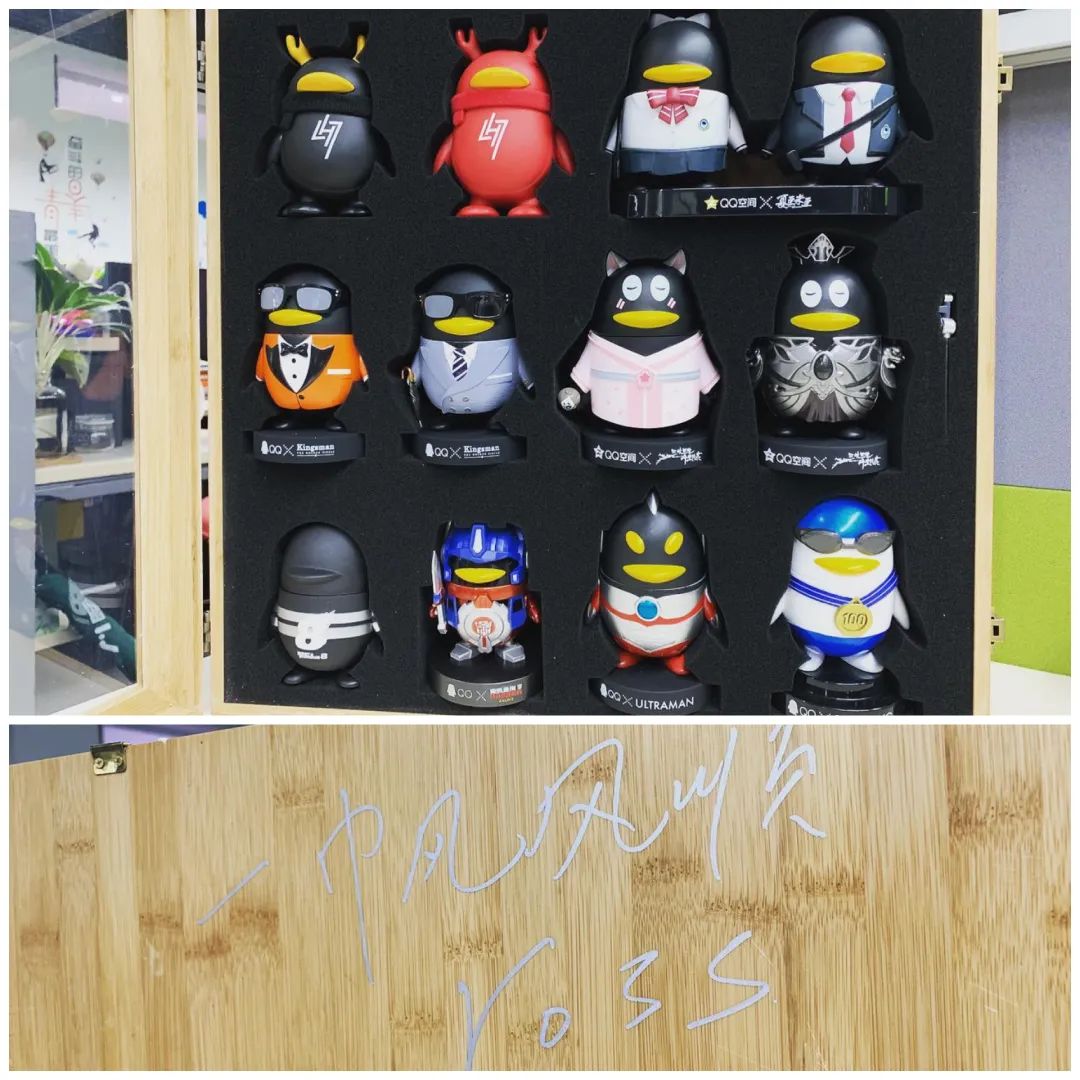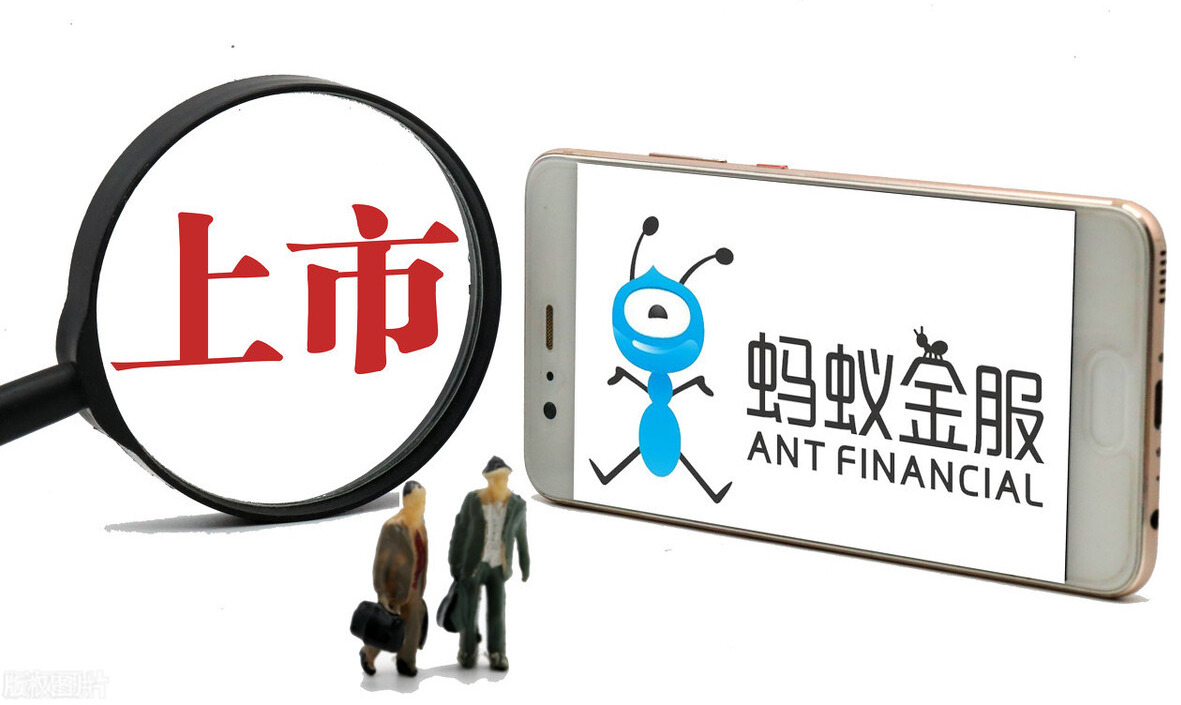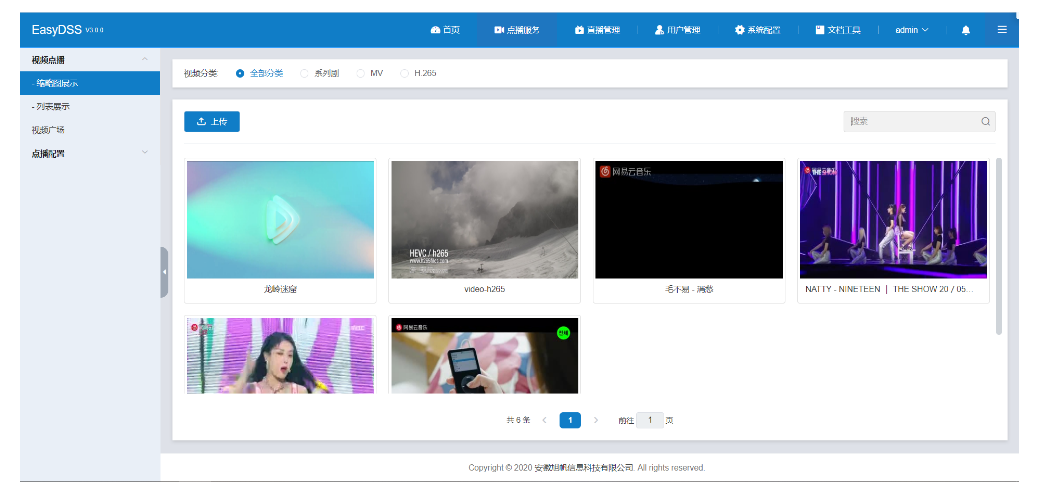I've looked at several related posts and documentation, but still can't seem to get expected behavior from @ViewChild.
Ultimately, I'm trying to set the scroll position of a div. This element isn't a component, but a normal div in my HTML.
To accomplish this, I'm trying to use @ViewChild to get the DOM element I need, and set its scroll value. (As an aside, if you know a better way to accomplish this without @ViewChild (or jQuery), answers will be very much appreciated!)
At the moment, @ViewChild only returns undefined. Going through some dummy checks:
- I am accessing my element in AfterViewInit
- I do not have any other directives like *ngIf or *ngFor on this element.
Here's the controller:
import { Component, AfterViewInit, ViewChild, ElementRef } from '@angular/core';
@Component({
selector: 'portfolio-page',
templateUrl: './portfolio-page.component.html',
styleUrls: ['./portfolio-page.component.scss']
})
export class PortfolioPageComponent implements AfterViewInit{
@ViewChild('gallery-container') galleryContainer: ElementRef;
ngAfterViewInit(){
console.log('My element: ' + this.galleryContainer);
}
}
And the template:
<div id='gallery-container' class='gallery-image-container'>
<div class='gallery-padding'></div>
<img class='gallery-image' src='{{ coverPhotoVm }}' />
<img class='gallery-image' src='{{ imagepath }}' *ngFor='let imagepath of imagesVm' />
</div>
My output is simple: My element: undefined.
As you can see, I'm currently trying to access the element by ID, but have tried class name as well. Could anyone provide more detail about what the ViewChild selector query is expecting?
I've also seen examples where a hash '#' is used as the selector idendifier that @ViewChild uses -- -- but this causes a template parse error for me with #gallery-container.
I can't think of anything else that could possible be wrong here. All help is appreciated, thanks!
Full code available here: https://github.com/aconfee/KimbyArting/tree/master/client/KimbyArting/components/portfolio-page
Try using a ref in your template instead:
<div id='gallery-container' #galleryContainer class='gallery-image-container'>
<div class='gallery-padding'></div>
<img class='gallery-image' src='{{ coverPhotoVm }}' />
<img class='gallery-image' src='{{ imagepath }}' *ngFor='let imagepath of imagesVm' />
</div>
And use the ref name as the argument:
@ViewChild('galleryContainer') galleryContainer: ElementRef;
EDIT
Forgot to mention that any view child thus declared is only available after the view is initialized. The first time this happens is in ngAfterViewInit (import and implement the AfterViewInit interface).
The ref name must not contain dashes or this will not work
Sometimes, if the component isn’t yet initialized when you access it, you get an error that says that the child component is undefined.
However, even if you access to the child component in the AfterViewInit, sometimes the @ViewChild was still returning null. The problem can be caused by the *ngIf or other directive.
The solution is to use the @ViewChildren instead of @ViewChild and subscribe the changes subscription that is executed when the component is ready.
For example, if in the parent component ParentComponent you want to access the child component MyComponent.
import { Component, ViewChildren, AfterViewInit, QueryList } from '@angular/core';
import { MyComponent } from './mycomponent.component';
export class ParentComponent implements AfterViewInit
{
//other code emitted for clarity
@ViewChildren(MyComponent) childrenComponent: QueryList<MyComponent>;
public ngAfterViewInit(): void
{
this.childrenComponent.changes.subscribe((comps: QueryList<MyComponent>) =>
{
// Now you can access the child component
});
}
}
Subscribing to changes on
@ViewChildren(MyComponent) childrenComponent: QueryList<MyComponent>
confirmed working, combined with setTimeout() and notifyOnChanges() and careful null checking.
Any other approach produces unreliable results and is hard to test.
I had a similar issue. Unlike you, my @ViewChild returned a valid ElementRef, but when I tried to access its nativeElement, it was undefined.
I resolved it by setting the view id like #content, not like #content = "ngModel".
<textarea type = "text"
id = "content"
name = "content"
#content
[(ngModel)] = "article.content"
required></textarea>





